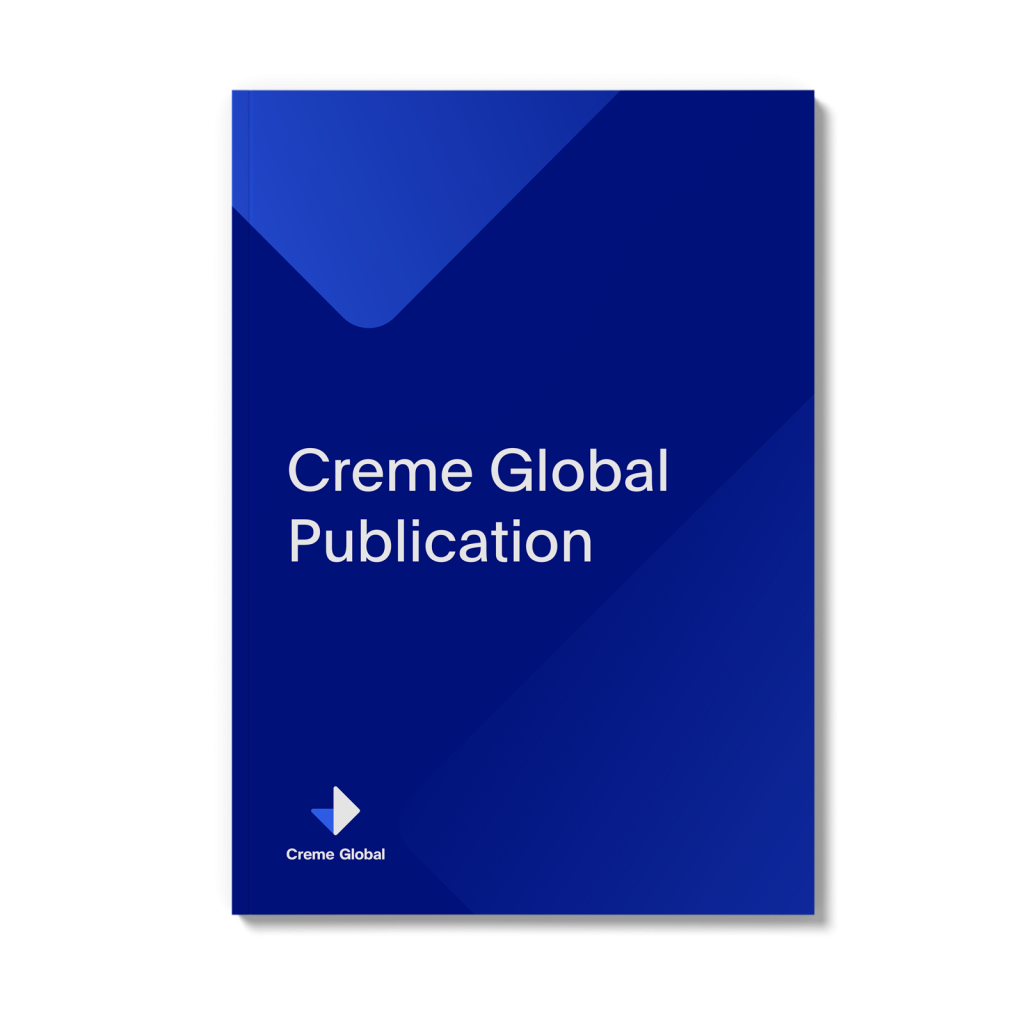Acute dietary intake is one of the factors considered by Member States, the European Commission and international authorities when setting Maximum Residue Leve is (MRL S) for pesticides. The MRL is the maximum concentration of a pesticide residue (expressed as mg/kg that is legally permitted in or on a food or agricultural commodity or animal feedstuff. The measure of acute dietary exposure that is used in MRL-setting is the International Estimate of Short Term Intake (IESTI). The IESTI is calculated using one of 4 standard equations, de pending on the type of commodity involved. An MRL above the limit of detection is set for a Commodity only it is ESI does not exceed the Acute Reference Dose (ARTD) or the pesticide concerned. The re are discussions at international level about whether to change the way that IESTI equations are calculated. Therefore the European Commission asked the EFSA Scientific Panel on Plant protection products and their Residues (PPR Fane) for an opinion on how conservative the ESTI equation is, With respect to the percentage or the total European population protected from intakes above the ARTD, and how much this would be altered by changes to the way the IESTTIs calculated. However, the Panel is aware that risk managers are also interested in the special case of people who consume a commodity containing residues at the MRL. Therefore the Panel undertook two types of assessment: “total population assessments”, estimating the level of protection for the total population based on the levels of pesticides observed in monitoring programs, and “MRL-level assessments” for the special case of people who consume one commodity containing residues at the MRL and other commodities at monitoring levels. The Panel estimated acute dietary intakes by probabilistic mode ling This used dat a on food consumption and body we ight from national surveys, and took account of unit-to-unit variability of residues using variability factors. The probabilistic estimates of intakes were higher than measured intakes from a duplicate diet study, suggesting the Paneľ’s results are conservative .e. overestimating intakes and underestimating levels of protection. However, this comparison was possible for only 6 pesticides in one country and one age group, and extrapolation to others countries and age groups is uncertain. It was not possible to conduct probabilistic modelling for the entire population of the Eu, or for all pesticides. The Panel conducte total population assessments for a number of scenarios representing different combinations of 13 pesticides, 8 countries and a range of age groups from babies to seniors. For practical reasons, the MRL-level assessments were base d on a reduce d range or scenarios, representing only two countries (Germany and The Netherlands) and 11 pesticides. For the total population, the Paneľ’s estimates suggested that the level of protection (LoP) provided by the IESTI equation as currently used in the EU (including variability factors of 5 & 7) varies quite widely between different countries, age groups and pesticides. For some pesticide/country/age group scenarios the estimated LoP was between 99 and 99.9%, i.e.
The EFSA Journal (2007) 538, 1-88
10/08/2007
Download Publication >>>
EFSA, EFSA. (2007) Opinion of the Scientific Panel on Plant protection products and their Residues on acute dietary intake assessment of pesticide residues in fruit and vegetables.

Authors: The EFSA Journal (2007) 538, 1-88